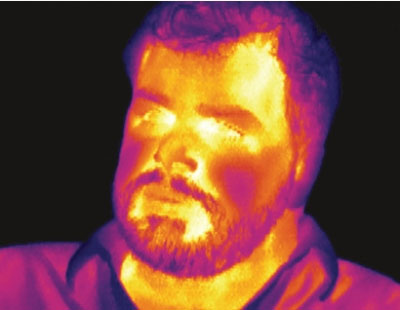
Fig. 1: Representational Image of Thermal Imaging
Rainbows have always fascinated human curiosity. The appearance of various colors in the sky out of basically nothing was something science had been trying to understand from a very early stage. It was when Newton discovered the visible spectrum that other scientist got some firm footing to explore the deep chasms on the edges of the visible spectrum. Little did they know that lying adjacent to this magnificent rainbow was a form of energy that had been warming their winter afternoons, the Infrared Rays.
The visible spectrum is just a small fraction of wide electromagnetic spectra which extends both above and below it, much beyond the ocular limits of the human eye. When scientists started experimenting with the infrared light, they realized that there was an immense potential in this particular band for seeing things much beyond the realms of visible spectrum, owing to its greater penetrability and thermal properties. Infrared Imaging evolved as a result of continual effort towards harnessing the power of infrared.
History
It would be imperative to know about the discovery of infrared and before we delve any further into infrared imaging. Sir William Herschel, an astronomer from England while trying to measure the heat of different colors of the visible spectrum observed that the hottest lay in an area beyond the red band. He reported this phenomenon to the Royal Society by the name ‘Dark Heat’ in 1800. His son, Sir John Herschel had a keen interest in photography. He created an evaporograph image of the heating rays of IR using carbon suspension in alcohol and named it ‘thermogram’, hence laying the foundations of thermal imaging based on IR rays. The technology then either remained dormant or undocumented due to low success rate for over a century.
Silver halide emulsions used in photography had drastically low sensitivity to longer wavelengths and needed dyes as color sensitizers. The first published infrared images in Royal Photography Society Journal in 1910 edition are credited to Robert W. Wood. The primary development work in IR domain was carried out by militaries. During World War 1, US developed sensitizing dyes and photographic plates for spectroscopic analysis. In 1929, Kalman Tihanyi invented an IR-sensitive television camera for anti aircraft guns for Britain. Infrared photography became popular in 1930s when films were made available for commercial use by companies like Agfa, Kodak and Ilford. False color IR photography gained impetus with Kodak Ektachrome Infrared Aero Film in 1940s.
IR photography and its colors became a fancy of music artists like Hendrix, Donovan et al who released their album covers with IR photos which seemed to grace psychedelic aesthetics genre of late 1960s. Another segment of IR technology, thermal imaging technology remained exclusively with military for a very long time, primarily due to the costs involved. Slowly and steadily, it has been rooting itself in the industry starting with Firefighting departments and then extending to material testing, medicine etc. Companies like Texas Instruments, Hughes Aircraft, Honeywell, Lockheed-Martin, Bullard, etc.
What is IR Imaging
What is Infrared Imaging?
Infrared imaging is a technique of capturing the infrared light from objects and converting it into visible images interpretable by a human eye. The infrared region is spread across the 10 micrometer to 100 micrometer wavelength in the electromagnetic region which can be distributed into three bands: the Near-IR region from 0.7 microns to 1.3 microns; the Mid-IR region from 1.3 microns to 3 microns; the thermal-IR occupying the remaining part of the band. While the first two are used in general electronic applications like remote control and Illumination IR photography, the thermal IR is used in the thermal Imaging. The main difference is that the first two are used in reflective type of applications, while thermal IR is emanated from the object and not reflected by it.
Now the question arises, why only IR and why not any other part of the spectrum? The answer lies at the atomic levels. At absolute zero, perfect order is believed to exist in the atomic structure, no collisions and minimal entropy. Any object above the absolute zero temperature has atomic chaos and collisions resulting in thermal energy being radiated off it most of which falls in the IR band. Thus if these radiations can be detected by some means, objects can be visualized without the need of an optical source through their radiation patters. This forms the basis of infrared imaging.
Types
Types of Infrared Imaging
Illumination based Imaging: The SLRs and digital cameras featuring Infrared Night Vision in them often rely on the basic fact that the CCD and CMOS sensors used in them are sensitive to the Near Infrared region which comprises the non-thermal part. Thus, a nearby source of IR illumination during the night time, or the sun during day time serve as the primary source of IR radiation which is then reflected in varying degrees by the object being photographed producing an IR image. Infrared Filters are also used which block all other forms of visible light from reaching the film. Very interesting ‘in-camera- effects with dream like or lurid coloring appearances named as ‘Wood Effect’ after the IR photography pioneer Robert W. Wood takes place, based on reflection of IR rays from foliage. The sources of illumination can be Incandescent lamps with IR filter in front of them, LED illuminators or Laser type illuminators based on laser diode.
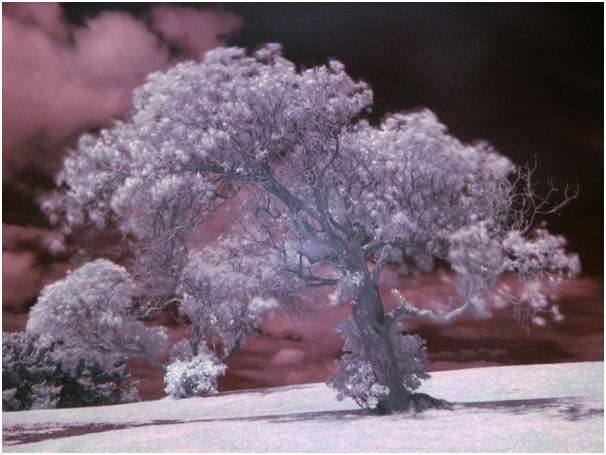
Fig. 3: Illumination Based Thermal Imaging
Thermal Imaging: The wider part of the IR band comprises of thermal IR, which are emitted from almost everything above absolute zero. Thus it also forms a major area of thrust in IR imaging apart from the Near IR band. This class of IR imaging works along the following steps:
1. The IR light emanating from the objects in the scene is focused by means of a special lens.
2. A phased array of IR detectors scans the light to create a detailed temperature pattern called thermogram.
3. This thermogram is converted into electrical impulses which are fed into a dedicated signal processing chip to convert the electrical data into a format suitable for viewing purposes.
4. This information is then sent to the display unit where it appears as an image.
Working of IR Devices
Working of IR Imaging Devices
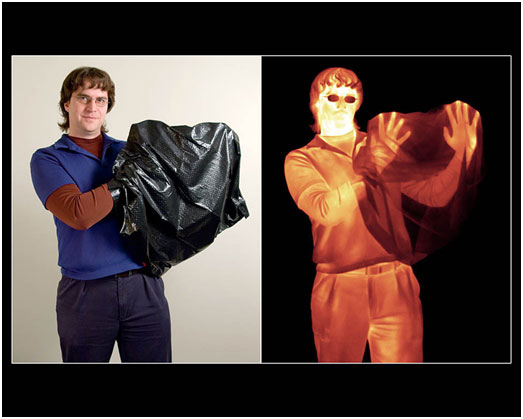
Fig. 4: Graphical Image Explaining Working of Thermal Imaging
Most infrared imaging devices can work on about 30 scans per second sensing temperatures between -20 degrees and 2000 degrees with a gradient resolution of about 0.2 degrees. Quantum detectors with semiconductors are employed in high precision detection of radiation. Higher the wavelength of the radiation, the smaller the band gap of the semiconductors that are utilized in detecting it. However, if the band gaps are small, the intrinsic noise of the semiconductor itself would be higher than the incident signal, and the detector would start detecting its own radiation which is certainly highly undesirable. Thus such detectors need to be cooled to levels where intrinsic noise reduces to acceptable levels. Other room temperature detection methods have also been developed which entail loss of quality and resolution, but also reduce costs at the same time. This results in two types of thermal infrared imagers:
1. Cryogenically Cooled IR Imagers: These are vacuum sealed cryogenically cooled cases with cooling temperatures between 4 Kelvin to a few Kelvin below room temperatures. These are costly devices both to buy and to run and need sufficient time for cooling down before operating them after turning on. But, the quality and precision of these devices is the best on offer, along with greater sensitivity.
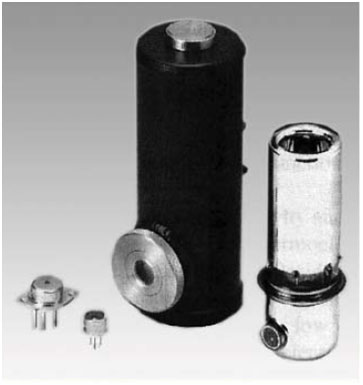
Fig. 5: Cryogenically Cooled Quantum IR Detectors
Materials like indium antimonide, indium arsenide, MCT, lead sulfide etc. are used as narrow band semiconductors. Superconducting tunnel junction infrared detectors offer sensitivity of registering even single photons but the use is limited to research labs like ESA’s SCAM.
2. Uncooled IR Imagers: This is a less precise albeit the cheaper technology which is popular in industry. It is based on the principles of change in some property of the material such as resistance, voltage or current when exposed to IR radiation. These devices are mainly made of pyroelectric or ferroelectric materials or are based on bolometric techniques. These don’t actually detect photons, but the heating effect of the IR rays causes a change in electrical polarisation of the material. If compared to Cooled devices, they offer a resolution varying from 70-80mK in ferroelectric devices to 20mK in Silicon based bolometers. Research is going on in the field of Uncooled Focal Plane Arrays for increased sensitivity and pixel densities.
Applications
Originally developed to augment the military capabilities, Infrared Imaging has found use in numerous industrial and medical applications apart from being a seasoned tool in military, astronomy and remote sensing. It offers an alternative for security officials from frisking the suspects manually for dangerous weapons. Aster Image data from satellites is primarily based on data from IR band. Meteorology departments have been able to develop eyes that can observe the earth’s atmosphere 24×7 without being dependent on the sun for illumination. Further, IR being related to the temperatures of the clouds offers more insight into the height of the cloud cover and moisture content in it and climatic changes.
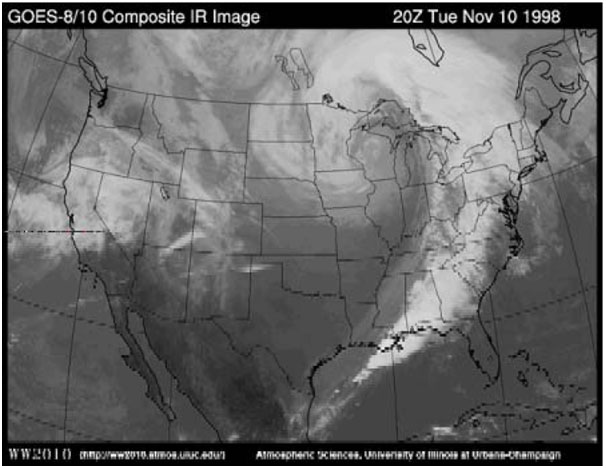
Fig. 6: Graphical Figure Showing Satellite Image of IR Band
Spitzer Space telescope launched a few years back to take deep space images is based around the IR band. When used in night vision, infrared imaging helps see when there is no source of light even penetrating through layers of fog or smoke. Near Infrared Cameras using active illumination from an IR source have been used in photography and are becoming standard add on feature in the modern digital cameras. They also comprised the Generation-0 of Night Vision systems. Infrared photography is still a popular form of photography as it produces images with surreal colors and detail otherwise oblivious to the human eye.
Thermal Infrared has been the driving technology behind the first, second, third and fourth generation night vision devices. Firefighting departments have endorsed thermal vision gear as indispensible for any firefighter to locate survivors beneath rubble. In Medical field, Infrared Imaging has been successfully deployed for oncology, respiratory problems, vascular disorders, skeletal diseases and tissue viability, cancer detection etc. under the common name DITI. Forward Looking IR or FLIR helped detect the spread of H1N1 Swine Flu on airports in 2009. Infrared Imaging is an indispensible tool in the industry for Non Destructive Testing of faults in materials, weld verification, fault detection etc. Being a non-contact testing method, it is more desirable than any contact testing procedure.
Future
Research has been going on in digital signal processing to produce defect free imagery from Uncooled sensor arrays. The inherent problems of production like the variation of properties with each unit need to be countered, which is being done by measuring the responsivity of each element and storing correction factors. Recently, nanotechnology based ‘microlens’ using gold to boost the strength of IR imaging has been developed in Rensselaer Polytechnic Institute, which relies on the ability of nano-scale gold to squeeze light into tiny holes almost doubling the detectivity of quantum detectors.
The creator of the world’s darkest material, Lin, remarks that IR detection is a big priority because it will not only benefit homeland security through better surveillance, but also assist in taking precautionary measures for saving the environment through monitoring of climatic changes and deforestation trends. As the demands continues to rise, prices continue to dwindle and the technology penetrates more into everyday applications, a day might come when your local car mechanic would be imaging your car’s wheels to detect punctures or your plumber would be scanning the walls for a possible leak or the electrician inspecting insulation using infrared cameras.
Filed Under: Articles

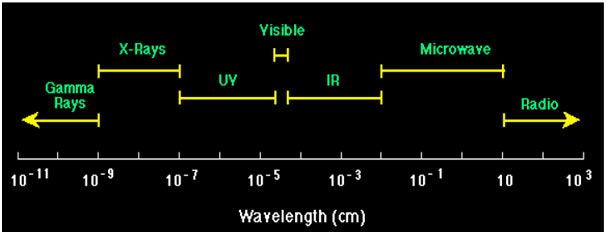

Questions related to this article?
👉Ask and discuss on Electro-Tech-Online.com and EDAboard.com forums.
Tell Us What You Think!!
You must be logged in to post a comment.